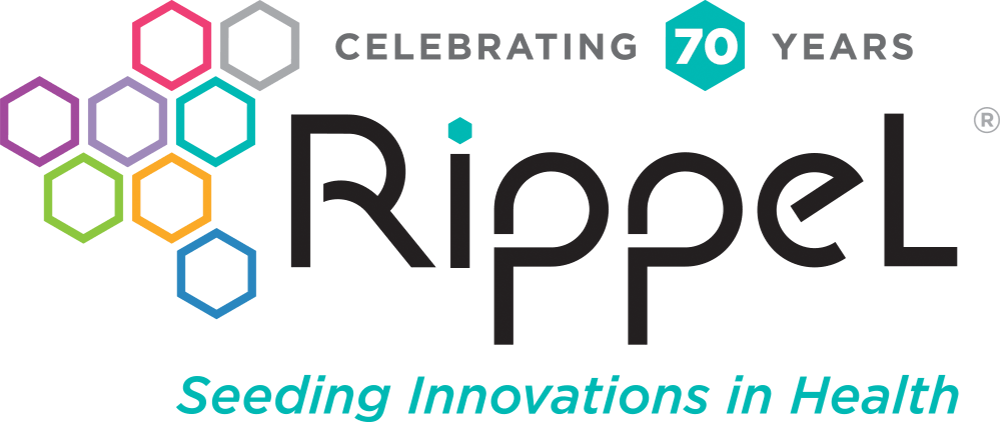The Stew BLOG
Big Tent, Big Insights: Exploring the Conditions Needed for Financing Success
Last summer, the ReThink Health financing team spent several weeks talking with multi-sector partnerships across the country about their financing successes and challenges. Those interviews helped us develop an understanding of the state of the financing field in population health. One thing we’ve found is that while many partnerships have made significant progress–piecing together grants to accomplish their goals–they often feel stuck when it comes to finding routine, long-term sources of income. Part of the reason for this is that financing is overwhelming, even scary to many leaders. There’s limited energy or enthusiasm for it, and many wonder if sustainably financing population health is even possible.
Given this understanding, our focus is on helping partnerships to feel more empowered in their financing work. Several weeks ago we had a great opportunity to try a financing exercise that had interesting and impactful results. We wanted to share this exercise more broadly because we found a lot of insights to build on–hopefully you will, too! The ReThink Health team met in Chicago for the “Big Tent” convening with leaders from our six Ventures sites. The Big Tent offered information and exercises to support the sites as they craft their approaches to stewardship, strategy, and financing. Their ability to take on some tough questions and forge a path forward was impressive. (No surprise there!) The participants came away from the financing portion of this convening with some interesting “a ha!” moments, which we thought we’d share.
Four financing principles
We started the session by providing four financing principles leaders can rely on as they guide their communities in the work of financing. They are:
- Communities are resource abundant. There are already significant resources allocated within your region’s system of health. Whether it’s in the various social determinants of health, or in “safety net” crisis services, or health care itself–there is money out there. Sustainable financing requires re-routing existing financial flows.
- An innovation mechanism does not a sustainable financing plan make. Community leaders often ask ReThink Health: “what are the innovative financing mechanisms?” But let’s be clear, a mechanism is not a source of funding. A mechanism just moves money from one place to another. It has to have a source behind it. A mortgage is a mechanism; the source for paying it off is your wages. A social impact bond is a mechanism; the source is the programmatic savings. A municipal bond is a mechanism; the source is tax revenues. Mechanisms are no any use if there isn’t a source behind them. Sustainable financing requires sources of funding.
- Financing is less about spreadsheets and more about choices. Financing doesn’t happen in spreadsheets (well it does, but that’s the last and easiest part, quite frankly). It happens in the numerous choices leading up to the spreadsheet–how you build your alliance, how well you understand the business models at work in your system, how you frame an issue, etc. Sustainable financing requires understanding that no financing structure is value-neutral.
- Everyone can practice financing! Financing is like any other skill–you get better the more you practice. And it doesn’t have to be something you hire “experts” to do. So, put some numbers down in a “back of the napkin” finance plan–it’s ok if they’re initial guesses. Sketch out the places or ways your partnership creates value in your region. Just the act of stepping through the most basic financing processes will cue up all sorts of interesting questions and lead to new ways of thinking about your work. Sustainable financing requires practice.
With this framing, we asked leaders to work in small “site teams,” with others from their partnerships and think of a time when financial flows were successfully redirected to support health transformation in their region–could be from their own partnership or initiated by some other group. Perhaps the proposal was for a new tax, new funding for a public health initiative, membership fees to support a backbone organization, etc.
Then we asked them to step through a series of five questions focused on helping them unpack the conditions that enabled successful redirection. The site teams didn’t have any trouble jumping into this task. And they uncovered some breakthrough ideas to apply to their existing financing challenges.
Room to reflect on what works
Given the opportunity to reflect, the leaders not only had a great deal of insight about what has enabled successes, but also about how those successes might be tied to current conditions and how they could be replicated. Among their insights:
- Partnerships succeed when they face challenges head on, cultivate influential teams, and tenaciously pursue their goals. One site pointed out that when they influenced a local foundation to give an “unprecedented endorsement” for a regional tax levy, it passed. Another site team discussed how they persuaded a hospital to support a funding initiative by bringing in other supporters to directly address the hospital’s concerns.
- Understanding and building on existing, shared values can give communities a leg up. Some sites realized that initiatives providing support for vulnerable populations and/or pre-K children were easy to initiate because their communities are already in favor of investments in these populations. Leaders from King County, Washington discussed how their community’s focus on upstream, preventive investments helped their “Best Starts for Kids” levy succeed. The site team from another region realized that residents voted in favor of a property tax levy–something that some deemed impossible in a low-income community–because it addressed a value that was shared widely.
- Success was dependent upon thinking about the impact on other stakeholders and their respective constraints. The team from Bernalillo County, New Mexico realized the importance of communicating how investments in behavioral health would positively impact other stakeholders in the system. Another team realized they may not have seen a critical funding opportunity knocking if they hadn’t thought about how a change in Medicaid payment rules (in this case non-payment for readmissions) impacted various organizations in their region. Another team realized key stakeholders couldn’t understand how a piece of legislation would impact them, so–in the face of uncertainty–the stakeholders opposed it; greater transparency in the process may have allayed their fears and enabled broader support.
- Creative solutions often emerged when communities refused to give up. Coming up with “creative” solutions sounds daunting. But many sites showed that creative solutions often emerged from the art of trying again: restructuring proposals instead of abandoning them and working to build consensus instead of retreating in the face of opposition. The Finger Lakes, New York team saw creativity in a proposal that broke down silos by sharing funding among multiple players. Another site team saw creativity in a request for a public appropriation, which was small enough to enable broad support among policymakers, but allowed them the funds they needed to get started and gain some momentum.
- Success often took years. Most of the examples took years to complete, with starts and stops along the way. Site teams realized that not rushing their financing efforts was often critical to success. The King County team saw that their focus on the long-term left ample room for community input, which led to critical public support. Another site said their attention to the pace of the process (“don’t put out too many details too early”) was critically important to successfully enlisting the support of key people.
Hungry for more?
The Big Tent session dug into some key questions about enabling conditions for success, but we know many partnerships have other financing areas they’d like to explore! In 2018, ReThink Health will be releasing Beyond the Grant, a financing workbook for multi-sector partnerships. The exercise used at the Big Tent will be included, as well as several more tools that will help communities think through how to fund their backbone, structure a payment model, create a financial plan for their partnership, and more.
In the meantime, leaders interested in trying this exercise with their partnerships to inspire new ways of thinking about financing can download the worksheet. You might try to answer the questions with your board, or a few key members. There are no “right” answers to these questions. We didn’t design it to help partnerships uncover solutions. Instead, it’s meant to be a first step in opening partnerships’ minds and thinking about sustainable financing in a less technical way.
Give it a try–and let us know how it goes–we’re interested in learning from your experiences! You can find me via email at [email protected] or on Twitter @lkalexandermn.

